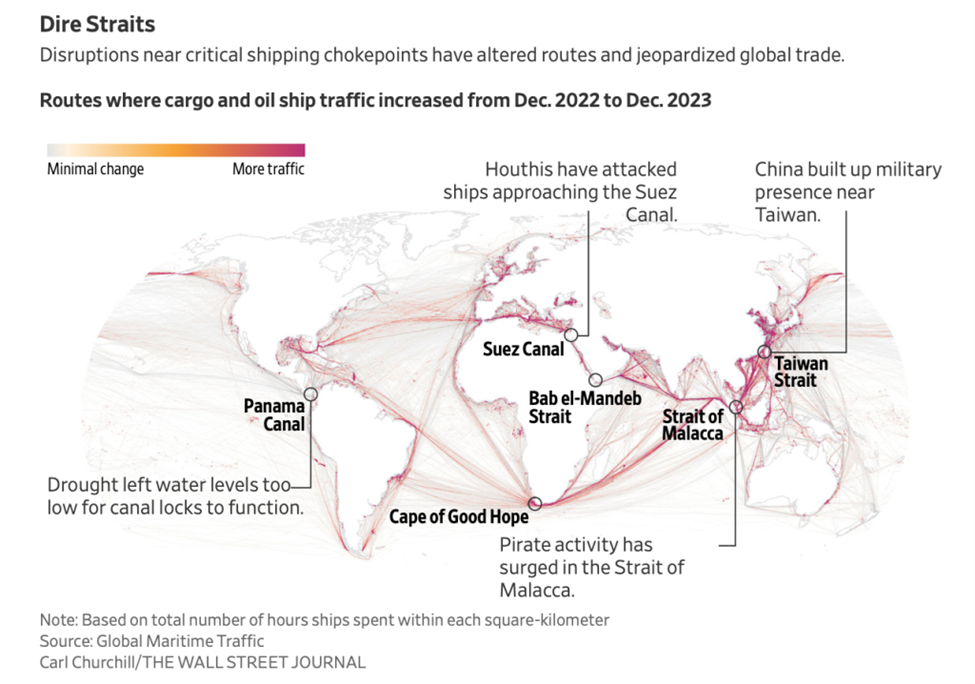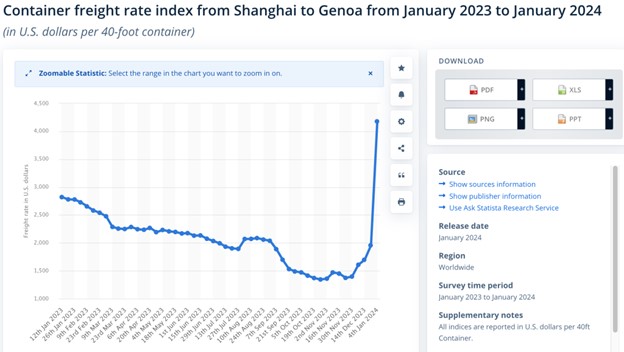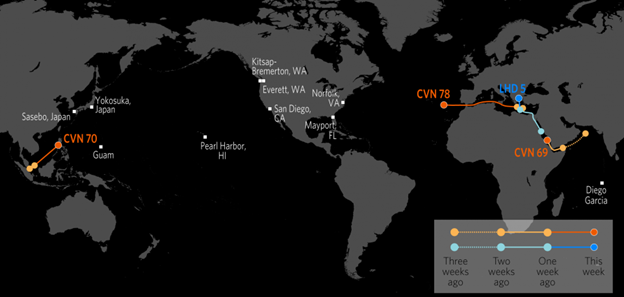The Daily Escape:

Atlantic Ocean, St. Augustine FL – 2019 photo by Wrongo. (Wrongo and Ms. Right are on their annual trip to visit siblings who moved from the Northeast to Southern climes. Columns will be light and variable until April 22.)
With Israel’s killing of the seven humanitarian aid workers from World Central Kitchen (WCK), did Netanyahu deliver the final straw to the US and the Biden administration’s unconditionally having Israel’s back in their war with Hamas? From Axios:
“Israel’s killing of seven World Central Kitchen aid workers has the makings of a watershed moment — rapidly accelerating a decline in U.S. support for the war in Gaza, Axios’ Zachary Basu writes.
The big picture: Frustration with the Israeli government has been building inside the White House for months as the humanitarian crisis in Gaza has worsened. It’s now boiling over.”
It’s difficult to say what is actually policy and what is political theater when parsing the words of Biden and Blinken about what Israel needs to do next in order to keep the US supplying armaments. You may vote for theater when learning that CNN has two stories that seem to indicate it will be business as usual with Netanyahu and the Israeli government. First Natasha Bertrand reported:
“…the Biden administration is close to approving the sale of as many as 50 American-made F-15 fighter jets to Israel, in a deal expected to be worth more than $18 billion…”
Second, CNN’s Bertrand also reported that:
“The Biden administration recently authorized the transfer of over 1,000 500-pound bombs and over 1,000 small-diameter bombs to Israel….adding to its arsenal despite US concerns over the country’s conduct in the war in Gaza. The transfer authorization of the MK82 bombs and small-diameter bombs, more than 2,000 munitions in total, occurred on Monday…”
These aren’t the biggest bombs, but a 500-pound bomb will destroy your apartment building. Monday was the same day that Israel killed the seven WCK staff. Chef José Andrés took to the NYT to express his view:
“We know Israelis. Israelis, in their heart of hearts, know that food is not a weapon of war.
Israel is better than the way this war is being waged. It is better than blocking food and medicine to civilians. It is better than killing aid workers who had coordinated their movements with the Israel Defense Forces….The Israeli government needs to open more land routes for food and medicine today. It needs to stop killing civilians and aid workers today. It needs to start the long journey to peace today.”
Chef Andrés’s words have resonated deeply with many Americans. In some ways it reminds us of the late Gen. Colin Powell’s famous Pottery Barn rule that he cited in the summer of 2002, warning President GW Bush of the consequences of the planned invasion of Iraq:
“You are going to be the proud owner of 25 million people,….You will own all their hopes, aspirations, and problems. You’ll own it all.”
Israel must be shown how they “own” the humanitarian crisis in Gaza. They’ve pulverized the buildings. They’ve killed most of the now-dead civilians. They’ve prevented food and medical assistance from reaching the sick and the starving. Therefore, they should own the humanitarian solution starting immediately.
BTW, think of all the suffering we’ve heard about in Gaza. Now recall just how little of it you have actually seen via western media. Many of the same videos run day after day on US media. Why? Because Israel has made it a priority to conduct the war largely beyond the sight of Western cameras, beyond the scrutiny of the press.
If we knew more and saw more, we might be even more horrified.
The Israeli military has dismissed two officers and reprimanded three others for their role in the WCK strikes, saying they had mishandled critical information and breached the army’s Rules of Engagement (ROE). The Guardian reports that the IDF’s ROE are classified, but reporting by the Israeli media and human rights organizations suggests an exceptionally high tolerance level for civilian casualties.
In the current war, observers suggest, ROE rules that were already permissive in previous conflicts in Gaza have been loosened further, as evidenced by the number of civilian casualties in high-profile strikes. America faces a serious moral dilemma and Wrongo has been feeling it for a while. Wrongo still thinks it’s possible to be committed to Israel and to its right to defend itself. But at the same time we need to be highly critical of the Israeli response in Gaza.
There are times when a friend, a family member or a neighbor asks you to help them solve a problem. You go along, thinking that you’ll be able to help out, only to find you’re deeply involved in something that has become either a reputation killer or possibly, something life-threatening.
And this is where America sits with Israel in their war with Hamas. Our friend has caused us to get badly stuck in something awful. And it’s become very difficult to see how to get our partner to stop the bombing, killing and starving.
Wrongo suspects there have been more than a few final straws among Israel’s friends in recent months, since Israel seems oblivious to the damage they’re doing. It has been gut wrenching to watch America go from responsible support for Israel on 10/7 to becoming likely complicit in Israel’s crimes against humanity in Gaza. We must change course now.
Biden needs to follow through on his message to Netanyahu.
It’s Saturday, so it’s now time for our Saturday Soother, where we attempt to pull back from the fire hose of news and opinion and grab a few minutes of calm. On the Fields of Wrong this weekend, we’ve seen snow, an earthquake and on Monday, we’ll witness a solar eclipse. We’re certainly operating in interesting times.
As the Wrong family takes off for a few days, let’s listen to a road song of sorts, “The Drinking Gourd”, a song of the open road. It was originally used by Underground Railroad operatives to encode escape instructions. In the1950s and 1960s, it played a role in the Civil Rights and folk revival movements. Here is the folk singer Eric Bibb performing the song for the television series, “God’s Greatest Hits”, airing in Canada on VisionTV:
We’ll see you down the road!












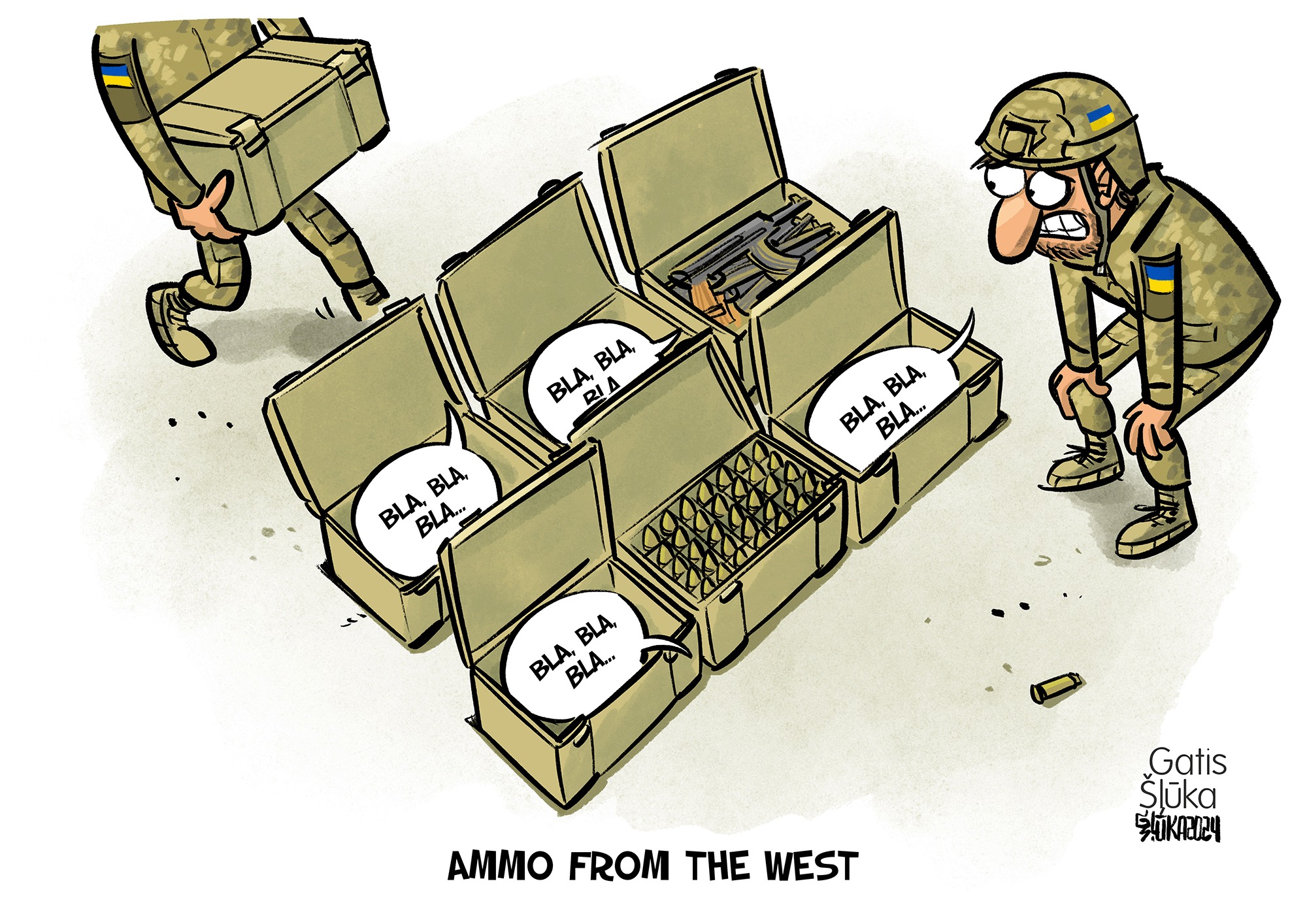

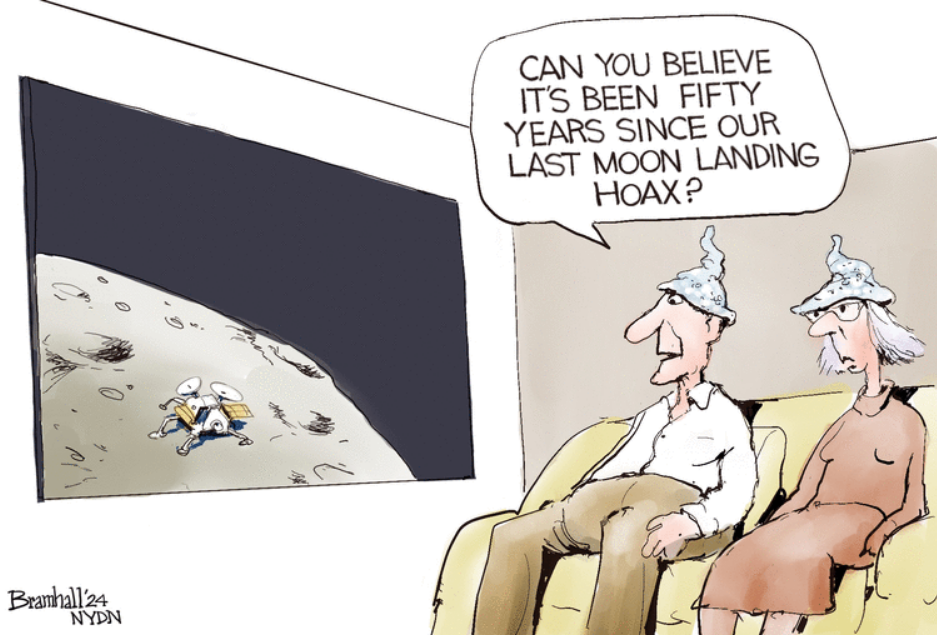

 There’s a sucker born every minute in Trump world. The shoes are pre-order only; just another Don-con: :
There’s a sucker born every minute in Trump world. The shoes are pre-order only; just another Don-con: :

